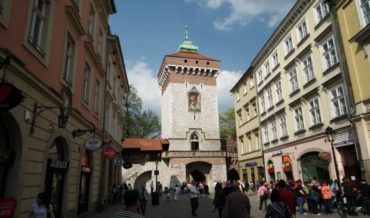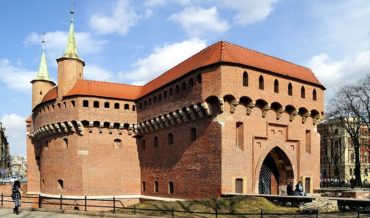The City Arsenal was built by Gabriel Słoński in 1566 next to the city wall, between the tower of Joiners and Rope Makers and the tower of Carpenters. Shotguns, guns and gunpowder were stored in there. Another city armory was located in the Town Hall, each fraternity had its armory in their own tower. The City Arsenal was rebuilt by Antony Stacherski in 1861. It was supposed to be used first as barracks, then as a warehouse.
After the Franco-Prussian war Prince Władysław Czartoryjski, fearing for the entire family collection, decided to transport it from Paris to Krakow. The city offered him the former city arsenal with two adjoining towers for museum purposes. Prince Władysław Czartoryjski also bought the building of former Pijarów monastery, joined it to the arsenal building and in this new complex created the Czartoryjski Library.
In 1965-1975 the original architectonic shape of the arsenal was restored. The library was moved to St. Mark St 17, and the arsenal building is now used to expose the Czartoryjski collection.

